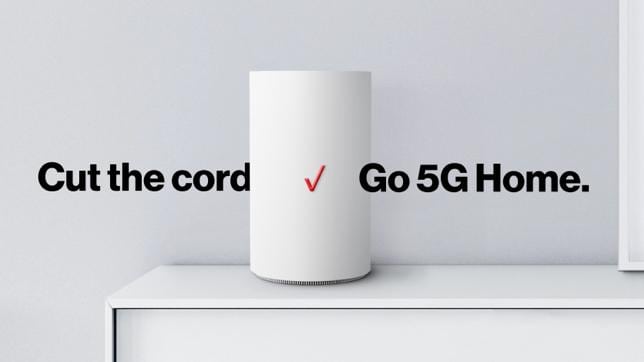Verizon CFO says 5G Home fixed wireless service “resonates with customers”
Last year Verizon went to market with its millimeter wave-based 5G in four markets serving up fixed wireless residential broadband. That first cut was based on a proprietary standard rather than the global 5G New Radio standard. Since then the operator has re-launched 5G Home based on NR and plans to further expand into the home internet market.
Speaking at the Morgan Stanley European Technology, Media and Telecom Conference, Verizon’s Matt Ellis, chief financial officer and executive vice president, discussed the relationship between 5G Home, mobile 5G and how the deployment process allows for one network to create multiple new revenue streams.
“It’s the first time we built a wireless network where we can generate multiple revenue streams,” Ellis said. “Every other generation, it’s been about a mobility revenue stream. And those have been great. But it has been pretty much that one stream. Now you bring…mobility in 5G, but I also have 5G Home and the B2B applications as well. And it’s built off the same network.”
Serving up wireless home broadband using 5G is an attractive opportunity for operators; in addition to Verizon’s service, AT&T and T-Mobile US have both discussed future plans for addressing this market segment and amping up competition against cable companies.
Ellis said the take rate on 5G Home “is very competitive against other opportunities customers have,” and added that “the product works and it resonates with customers.
In Chicago, where Verizon relaunched 5G Home, the operator also provides mobile 5G services to subscribers with compatible devices. Ellis noted that both service offerings ride off the same network which means network expansion increases the reach of both services simultaneously.
“You turn on the mobility and then you add to the capacity. The coverage in Chicago now in our 5G network is three-times what it was when we launched. So you’re building that coverage out. And as you build that coverage out, you start also hitting residential units. And then as you do that and you get to a critical mass of residential units, it now makes sense to turn on 5G Home in that market, which is what we did in Chicago.”

